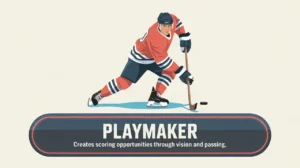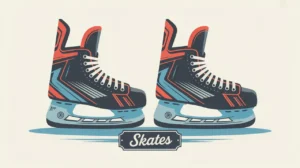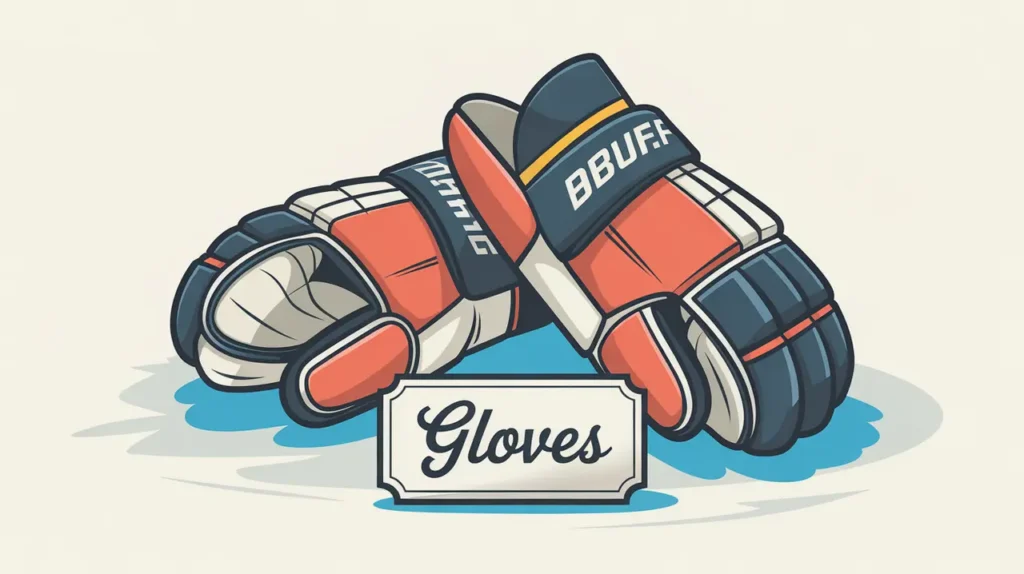Jim’s Intro to the Puck
Hi folks, Jim here, the only commentator who once lost sight of the puck because of a discount donut flyer.
What is the puck?
The puck is the hockey player’s basketball. It’s the object everyone handles, protects, and fights for. A flat, vulcanized rubber disc, three inches in diameter and one inch thick, it weighs about six ounces and is frozen before games to keep it from bouncing. Every pass, shot, and play revolves around it. It’s the heartbeat of the game, racing across the ice at speeds that can top 100 miles per hour.
How does it work?
The puck is designed to glide cleanly across the ice with minimal friction. Its weight gives it stability so players can pass and shoot with precision. Good puck control keeps it flat on the blade to maintain speed and accuracy. When the ice is smooth, the puck moves like it’s on rails. When the surface is chewed up, it hops and wobbles, forcing players to adjust their handling in real time.
How do you make good decisions with it?
Strong puck decisions drive the flow of the game.
- Control vs. Speed: Knowing when to slow the puck down to maintain possession and when to move it quickly to exploit space is key.
- Passing Choices: Players decide between direct passes, saucers, chips, or dumps depending on pressure and positioning.
- Shooting vs. Passing: Recognizing when to take the shot and when to set up a teammate separates solid players from game changers.
- Puck Protection: Using the body, stick angles, and awareness keeps defenders at bay and maintains possession.
How do you master it?
Puck mastery starts with touch. Players develop soft hands by stickhandling without looking down, building sensitivity to the puck’s position on the blade. They practice at different speeds, manage spins and flips, and learn to handle unpredictable bounces. As skills grow, they work on passing and shooting under pressure, moving the puck instinctively while keeping their heads up. The puck should feel like it belongs to them, no matter the pace of play.
What does it look like when done right?
When puck mastery is on display, the game looks effortless. Players weave through traffic with full control. Passes land tape-to-tape. Shots are released before defenders react. The puck follows their lead, not the other way around.
Commentator’s Corner
Jim’s Take
I’ve seen players treat the puck like a live grenade and others hold it like treasure. The difference shows on the scoreboard.
Parent Tip
Buy a puck and let players stickhandle at home on smooth surfaces like tiles or shooting pads. Even five minutes a day builds comfort and touch.
Player Tip
Practice moving the puck without staring at it. Use your peripheral vision. The less you look down, the more time you have to read the ice.
A Final Thought
The puck might be tiny, but it sets the rhythm, pace, and heartbeat of every shift. When a player truly masters the puck, the game moves to their rhythm, and everyone else has to keep up.









